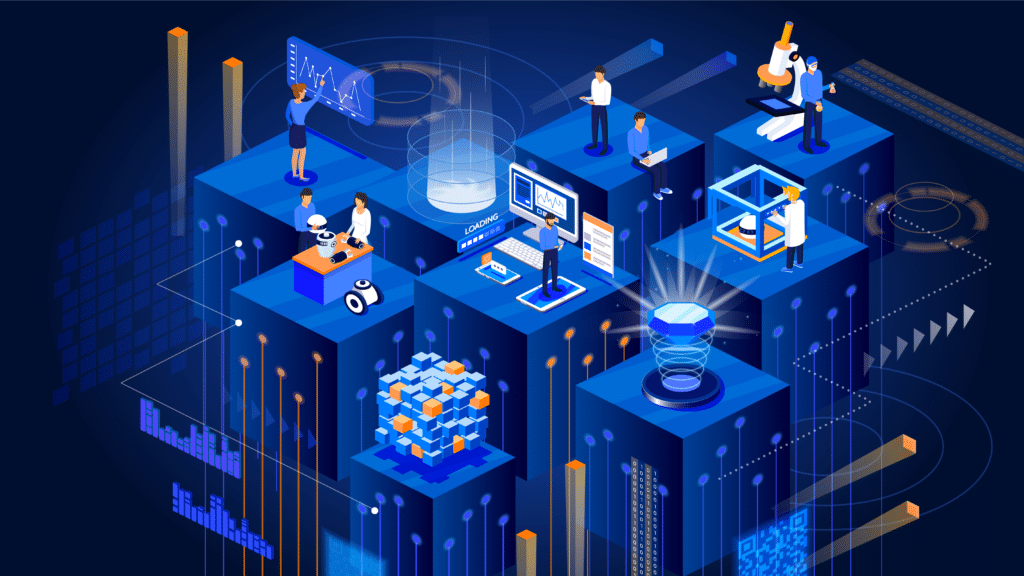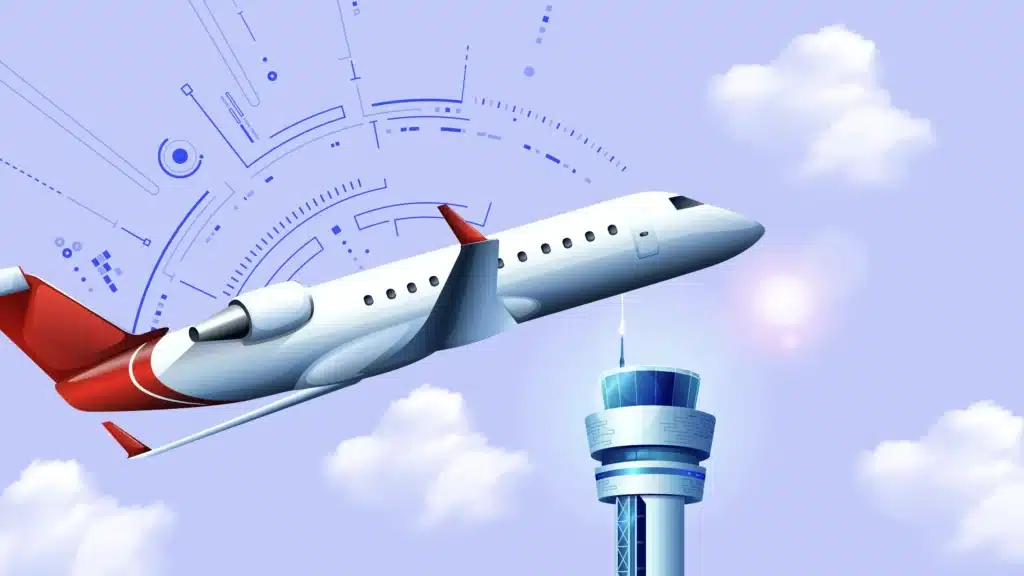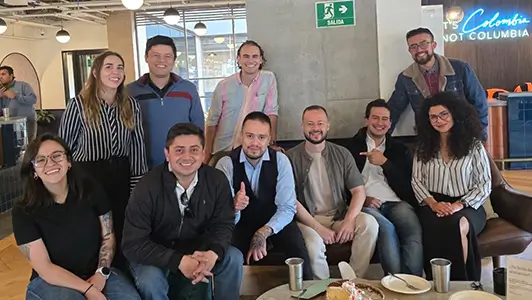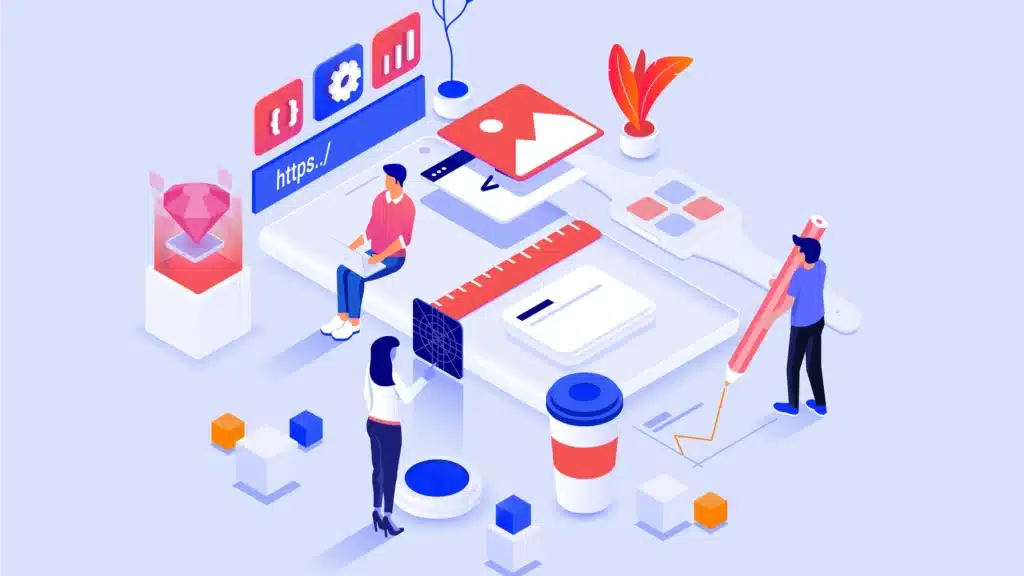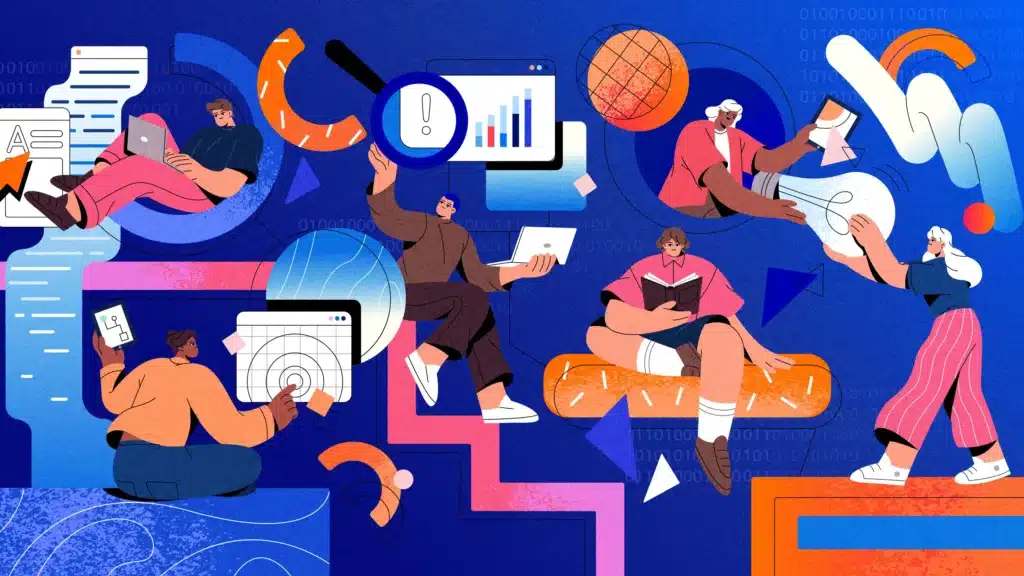GUIDE
4 ways Chief People Officers shape the future of AI transformation
- Explore how Chief People Officers can lead the AI transformation, navigate challenges, and shape a workforce empowered by artificial intelligence for greater outcomes.
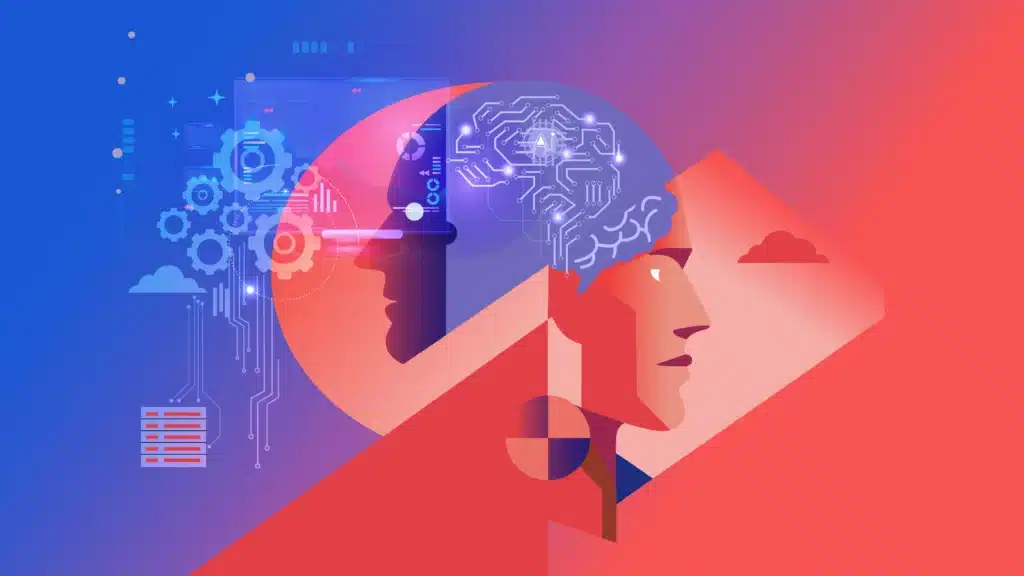
At a Glance:
- As a Chief People Officer, you face a critical dilemma: using AI to advance the human agenda while dealing with how AI can challenge human progress.
- While an AI implementation may not be the responsibility of CPOs, you face unique traps and challenges in its execution.
- To improve organizational outcomes, you can explore four key opportunities to take a more prominent leadership role in the AI revolution.
The impact of Artificial Intelligence can already be felt in our lives, and the workforce is grappling with the potential consequences. While 52% of CEOs believe that AI (especially GenAI) will increase their organizations’ efficiencies, nearly 1 in 4 HR professionals are concerned that AI will lead to job displacement at their organization. Employees themselves, while many have already started using AI, also express direct concern: 53% of people who use AI at work worry that using it on important work tasks makes them look replaceable.
Chief People Officers face several daunting challenges related to AI, but they also have opportunities to flex their leadership and take a more prominent role in integrating AI into the organization and leveraging it to its fullest potential.
Facing the AI human dilemma
The most important challenge facing CPOs is illustrated below: the AI human dilemma. While AI can certainly be a force for good that can dramatically advance the human agenda, it also contains a massive risk of challenging human progress:
Advancing the human agenda
By making task automation easier (think bots and easy programming for task completion) and through highly customized experiences (in onboarding or employee engagement, for example), AI has the potential to create virtuous learning cycles, helping employees focus on more business-relevant tasks and developing greater skill flexibility.
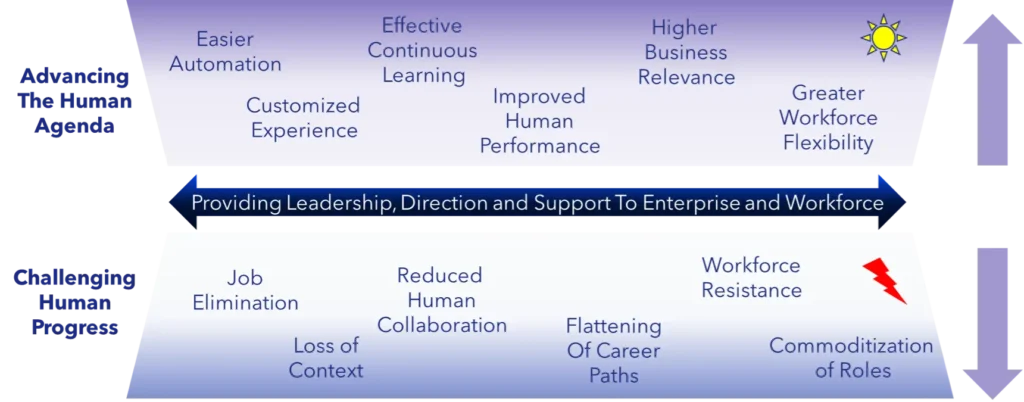
Challenging human progress
At the same time, AI’s first wave shows how easy it can seemingly be to eliminate jobs, flatten career progression, or replace meaningful, context-rich collaboration with pure task execution. This has generated a strong sense of fear and resistance, especially within organizations that have not yet started their AI journey.
A chief people officer’s core responsibility is to navigate that dilemma through rich conversations, leadership, and iterative support.
Navigating through AI traps
As with other technology advances, you may encounter typical objections when approaching AI. But the AI revolution is different: its potential to reinvent and transform every aspect of an organization’s operations makes these traps even more consequential.
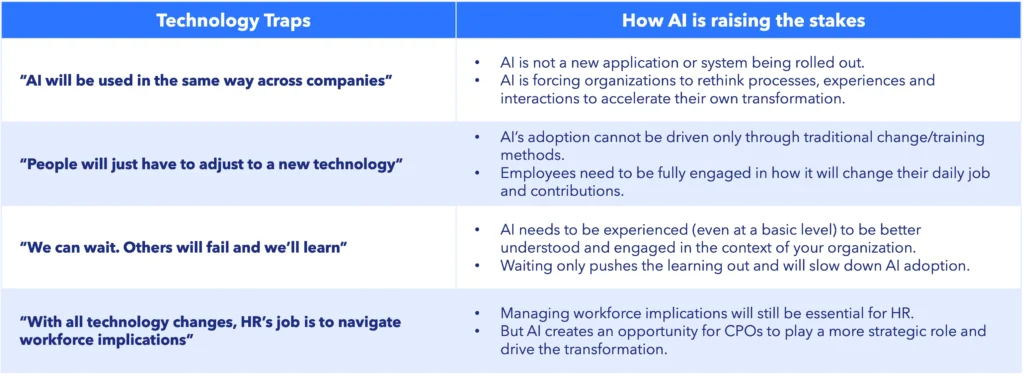
Four opportunities to manage the impact of AI
Artificial Intelligence is still in its infancy, and organizations often turn to their technology leaders to outline a path of experimentation and integration. However, AI is not only a technological change; it’s being recognized as the most important technological advance in decades, as fundamental as the creation of the microprocessor, the personal computer, the Internet, and the mobile phone.
As a senior people leader, there are four areas in which you can directly influence how your organization will manage the impact of AI, especially on your workforce.
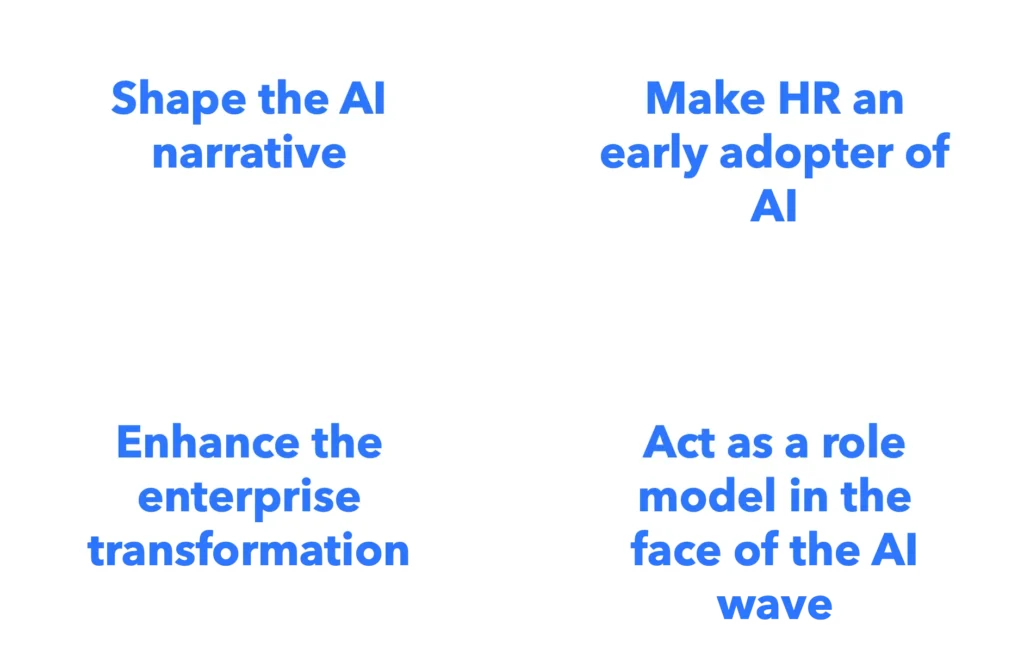
1
Shape the AI narrative
- By influencing how the enterprise will engage with AI, you can create a more positive change narrative for AI across the workforce, outlining how AI can complement and augment employees’ work and contributions, enabling them to have more productive, valuable, and engaged careers.
- This means encouraging your organization to experiment across teams and levels, identifying the most promising use cases, and creating early, quick wins to reduce immediate resistance.
2
Make HR an early adopter of AI
- While HR teams may be concerned about their own outlook and jobs, engaging in exploration and pilots within the HR function is actually a powerful way to learn and raise the team’s profile within the organization.
- By helping your HR team to become both early adopters and knowledgeable advocates, you will make them more valuable and effective change agents as AI is progressively adopted throughout the organization.
3
Enhance and accelerate the enterprise transformation
- As the Chief People Officer, you can directly support other leaders (including your technology peers) in defining and planning how AI will accelerate and enhance transformation.
- By having a seat at the AI table, you can directly lead the process for defining and mitigating the impacts on the workforce strategy and talent roadmap.
- By pulling your team into the organization, they can also develop better feedback channels and advocate for iterative progress.
4
Act as a role model in the face of the AI wave
- Ultimately, you can champion the AI change while working through its many challenges.
- By promoting a curious/open exploration mindset and maintaining a balanced perspective, you can also open new doors for meaningful dialogue with your organization’s multiple workforces and help them move towards smoother adoption and empowerment.
The AI revolution is at an inflection point, and the decisions and mindsets adopted by organization leaders will dramatically impact how AI is ultimately integrated into our daily professional lives. Chief People Officers have an essential role and opportunity in the future of AI.

Case Studies
Explore our success stories
INSIGHTS
News
Press Release







